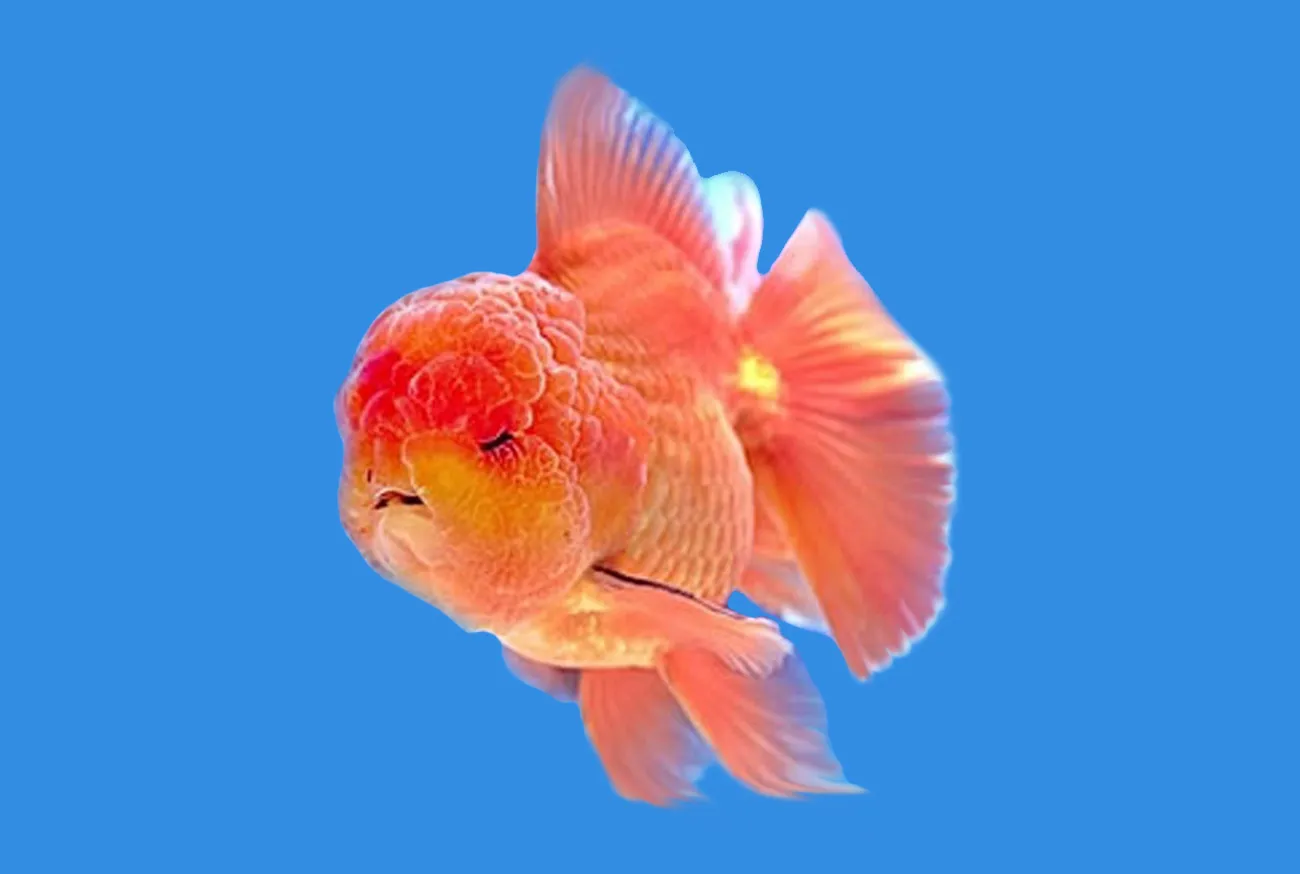
Learn all about fish vaccines: when and how to use them
Did you know that the health of fish in a farm can be directly impacted by vaccination? While many think vaccines are exclusive to humans or mammals, fish also require preventive care. Whether to protect ornamental species or maintain a profitable aquaculture production, the fish vaccine plays a crucial role. In addition to preventing serious diseases, it helps reduce treatment costs and promotes animal welfare.
In this article, we will explore when and how to use fish vaccines, why they are so important, and how to apply them effectively. Whether you are a breeder or simply want to learn more about the topic, get ready to dive into a world of practical and valuable information that will transform your fish farming experience!
Why fish vaccines are important
Fish, like other animals, are susceptible to a wide range of diseases caused by viruses, bacteria, parasites, and fungi. These diseases not only harm the animals’ health but can also jeopardize the entire production. An outbreak in a tank can decimate hundreds of fish in a short time, leading to financial and emotional losses for breeders.
Moreover, in the context of aquaculture, vaccination is a preventive measure that replaces or reduces excessive antibiotic use. This is important not only for the health of the fish but also for human food safety and environmental preservation.
Studies prove that vaccinated fish show greater resistance to diseases and better growth performance, resulting in superior-quality products. For ornamental species, vaccination ensures the longevity and beauty of the fish, adding value to aquariums.

When to use fish vaccines
Knowing the right time to vaccinate your fish is essential. The application generally depends on a few factors, such as:
- Age of the fish
Fish should be vaccinated in the early stages of life, once they reach a size that allows for safe and effective handling. This typically occurs a few weeks after birth, depending on the species. - Presence of diseases in the area or tank
If there is a history of specific diseases in the region or farming system, vaccination should be included in the preventive management plan. - Type of farming
In high-density systems such as tanks and floating cages, the risk of outbreaks is higher, making vaccination indispensable. - Recommended vaccination schedule for the species
Each fish species may have specific needs. It is essential to follow the recommendations of a veterinarian specialized in fish farming to determine the ideal timing.
How fish vaccines work
Fish vaccines function similarly to vaccines for humans and other animals. They introduce an inactive or weakened agent of a disease into the fish’s body, stimulating the immune system to develop natural defenses. Thus, if the fish encounters the disease-causing agent in the future, it will be protected or have a more effective response to the infection.
There are different methods for applying fish vaccines, with the most common being:
- Injection: Recommended for larger fish, this method is considered the most effective because it ensures the dose is administered directly into the organism.
- Immersion: Fish are placed in a tank containing the diluted vaccine, allowing the immunizing agent to be absorbed through the skin and gills.
- Medicated feed: The vaccine is incorporated into the fish’s food, making it ideal for smaller species or those that are difficult to handle.
How to apply fish vaccines
Applying vaccines requires specific care to ensure their effectiveness and the well-being of the fish. Follow these key steps:
- Choose the right vaccine
First, consult a specialist to determine the most suitable vaccine for your farming needs. There are specific vaccines for diseases such as Aeromonosis, Vibriosis, and others common in aquaculture environments. - Prepare the environment
Ensure the fish are in good health conditions before vaccination. A clean tank with adequate oxygen levels and controlled temperature is essential to minimize stress during the process. - Method of application
Choose the most appropriate method (injection, immersion, or feed) considering the size and number of fish. For injections, use sterilized syringes and follow the dosage instructions provided by the vaccine manufacturer. - Careful handling of fish
Avoid abrupt movements and minimize the handling time to reduce stress on the fish. - Post-vaccination monitoring
After the application, monitor the fish to identify possible adverse reactions. If you notice changes such as abnormal behavior or mortality, seek professional help.
Additional benefits of vaccination
In addition to preventing diseases, vaccination offers several advantages for breeders and consumers:
- Reduction of economic losses
Diseases can lead to mass deaths among fish, while vaccination significantly reduces this risk. - Improved product quality
Healthy fish have better texture, flavor, and appearance, whether for consumption or ornamental purposes. - Environmental sustainability
By reducing the use of medications such as antibiotics, vaccination contributes to more sustainable aquaculture practices, minimizing environmental impact. - Consumer confidence
Products from farms that use responsible practices, such as vaccination, are more accepted in the market.
Fun facts about fish vaccines
Did you know that Norway was a pioneer in introducing fish vaccines in aquaculture? Thanks to this, the country drastically reduced losses caused by diseases in salmon.
Another interesting fact is that some vaccines are customized to meet the specific needs of breeders in different regions, considering factors such as water temperature and fish species.
Remember that…
Caring for the health of fish is just as important as caring for any other animal, and the fish vaccine is an indispensable tool to ensure well-being, productivity, and sustainability. Whether you’re an experienced breeder or a beginner, investing in vaccination is synonymous with responsibility and success.
With proper planning, professional guidance, and the right vaccines, it is possible to prevent devastating diseases and achieve healthier, more valuable fish. Now that you know everything about the fish vaccine, how about sharing this article with other aquaculture enthusiasts? Spread the knowledge and help promote more responsible and efficient practices!



